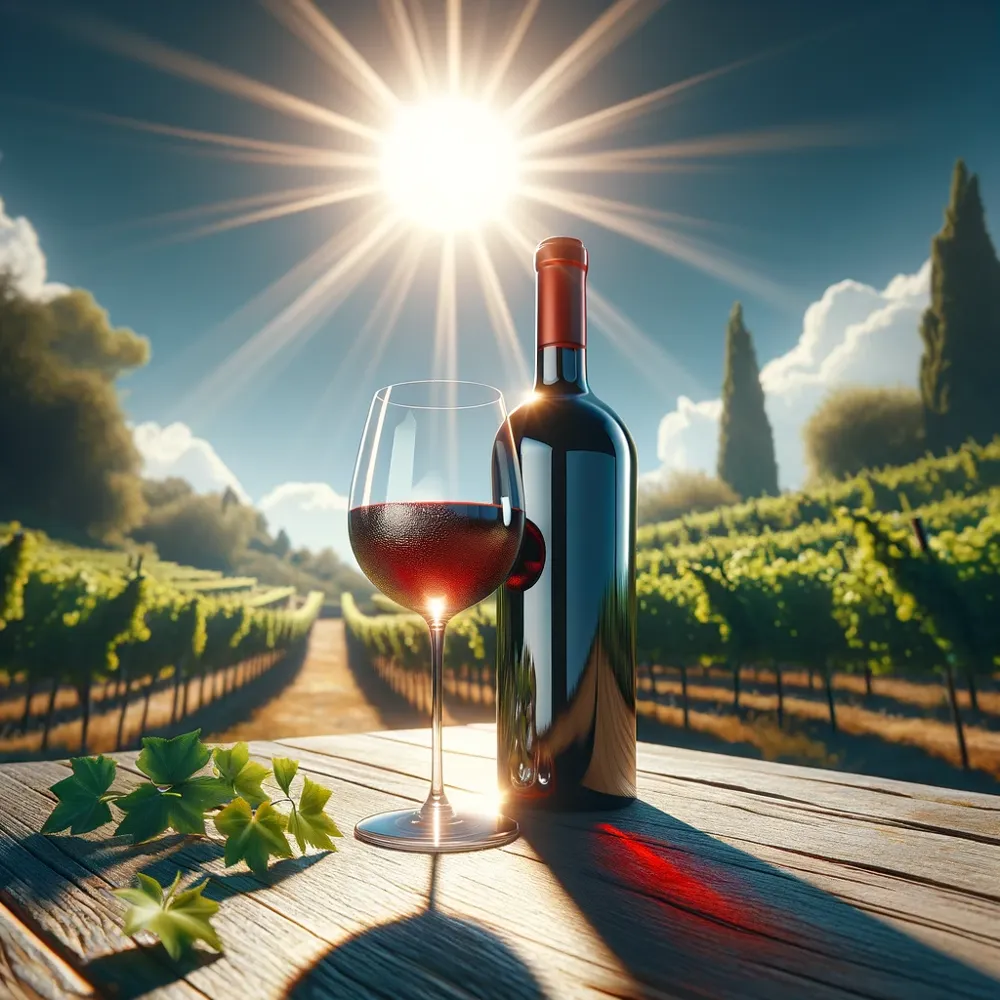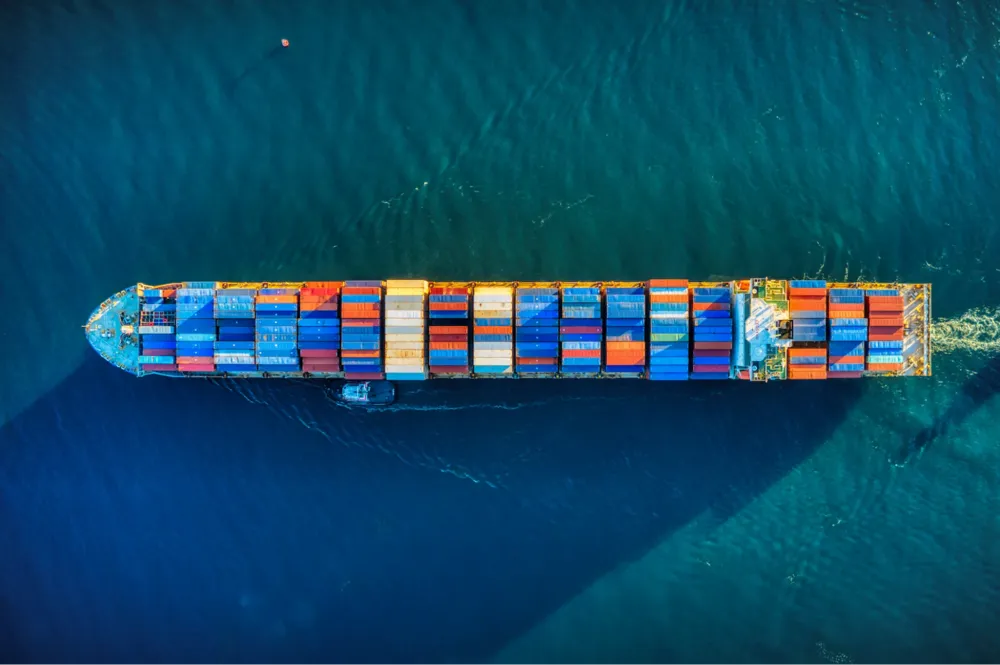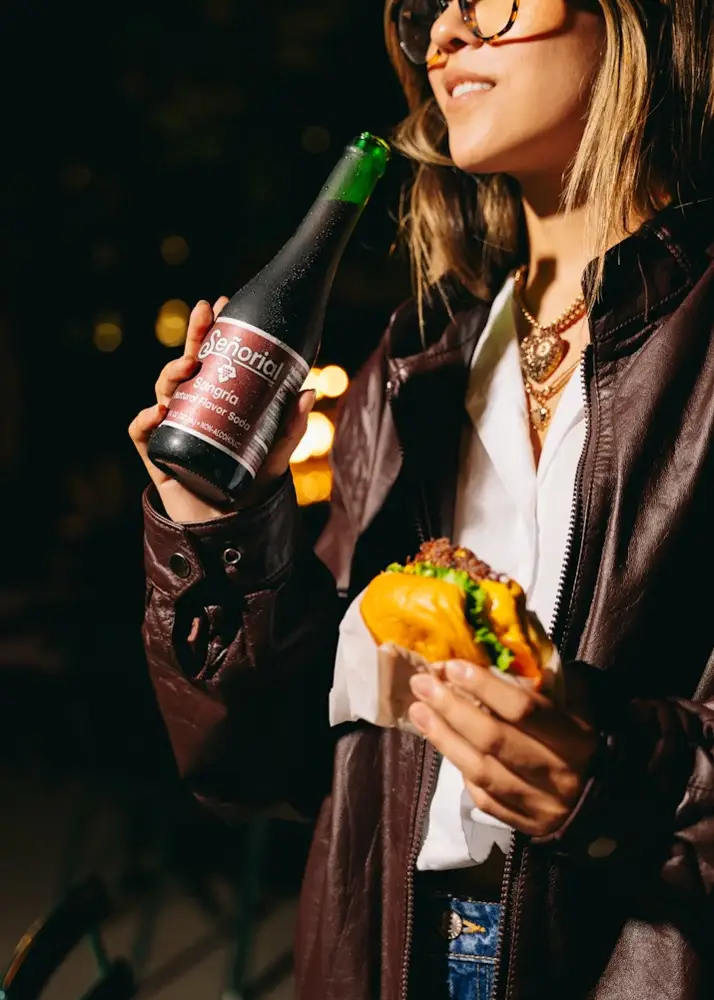Wine Faults 101: Light and Heat Damage
This article will explore two common wine faults that can occur during storage: light and heat damage. Two types of damage can occur after purchasing the bottle, and is not influenced by the winemaking process. This holds particularly true if you store the bottle above the stove or place it in direct sunlight on a windowsill. However, these issues are easily avoidable by storing wine in a cool, dark place.

Get the geeky knowledge to be the smartest person at dinner. Read more on Cork Taint and Smoke Taint, in the previous parts of our Wine Fault series!
Light Damage
Imagine the disappointment of uncorking a bottle, only to find its once-vibrant character dulled. This is often the work of light damage, a stealthy foe that robs the wine of its quality by triggering oxidation.
Sulphur dioxide (SO2) is important in winemaking. It helps keep wine safe from oxidation, microbes, and unwanted fermentation.
Imagine it as a protector. It has two forms - 'bound' and 'free' SO2. The second form acts as a gas shield for your wine.
But how exactly does light wreak havoc? It involves complex interactions between metal ions, tartaric acid, and SO2. The outcome? A depleted shield of SO2 leaves the wine vulnerable to oxidation.
An interesting aspect to note is the role of the bottle itself. Antique green bottles are like knights in shining armor for wine, warding off harmful sunlight, whereas UV light can penetrate the white glass bottles directly. The thickness of the bottle also plays a part; heavier darker bottles offer better protection due to their denser glass.
Rose and white wines, as well as Champagne are more vulnerable than red wines since they are often enjoyed outdoors. In addition, these are the wines where transparent glass bottles are most often used.
The Infamous 'Light Strike'
Venturing deeper, there's a particularly nefarious form of light damage known as 'light strike.'
Light strike leads to the formation of unpleasant sulfur compounds, transforming into odors reminiscent of skunk, rotten egg, cooked cabbage, or even garlic. It results from a chemical reaction involving vitamin B2 (riboflavin) and light exposure.
However, traditionally produced sparkling wines are more susceptible to light strike due to amino acids released from yeast cells during autolysis. It's a fascinating, if somewhat troubling, phenomenon.
Prevention Is Key
In essence, light damage, whether in its basic form or as a light strike, is a preventable mishap. Choosing thick, colored glass bottles is a simple yet effective defense strategy. However, there's a catch: some wines, like rosés, dazzle in clear glass, presenting a dilemma of aesthetics versus preservation. It's best to keep the wines away from the window and store them in a dark cool place.
Turn Down the Heat
While safeguarding wine from sunlight is crucial, it's equally important to avoid storing it in hot spots like above the stove or near a fireplace. High temperatures can immediately alter the wine's chemistry, leading to premature aging and resulting in muted, oxidized aromas.
Fortunately, this is easily preventable by ensuring storage in a cool, dark environment, ideally with temperature control.
Head Damage During Wine Shipping
However, one aspect often beyond our control is the shipping process. Wines in long-distance transit, especially in containers or trucks, can fall victim to heat. Temperatures in these environments can soar to between 104°F and 160°F, potentially impacting the wine's quality.
Picture this: a fine Cabernet Sauvignon-based Bordeaux wine shipped to California perched atop a deep-sea vessel, then unloaded and reloaded under the blistering sun in the Panama Canal. This once exquisite wine could become a flawed experience by the time it reaches you.
Excessive heat can even push corks out of bottles. If that happens because you stored your wine by the oven just pop the cork and enjoy it before things turn to worse. But if the corks are pushed out during transport, they bottles become unsellable.

This can have a huge financial impact on the importer, who usually takes the responsibility. To prevent this, importers can opt for in-deck storage or refrigerated containers. Some large brands mitigate heat impact by transporting their wines in massive 24,000-liter polyethylene flexitanks, later bottling them in the target market. This approach not only reduces heat exposure but also aligns with beneficial environmental objectives.
Though less frequently discussed, the best online wine retailers, like Somm Cellars, choose to ship wines only during cooler days, aiming to circumvent heat spikes and the subsequent decline in quality. While this might mean a longer wait before you can savor your wine, the patience could be well worth it to ensure top-notch quality. Other retailers may use insulating packaging as a heat protectant, but at VinoVoss we do not support this approach, as the materials used are often un-recyclable.
The verdict
Although light and heat damage are similar in their detrimental effects on wine, they are distinct issues. We emphasize to our VinoVossers the value of accepting delayed deliveries during summer to avoid compromised quality due to shipping. And, as always, we recommend keeping your wines away from sunlight, except, of course, when you've opened a bottle to enjoy.
Peter Douglas



